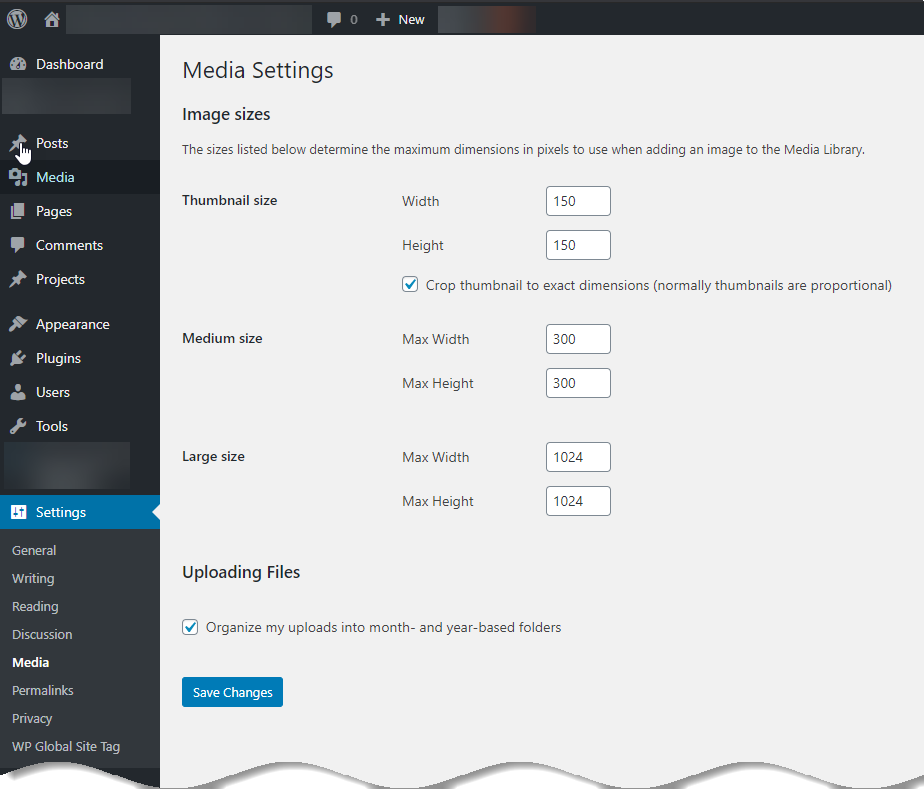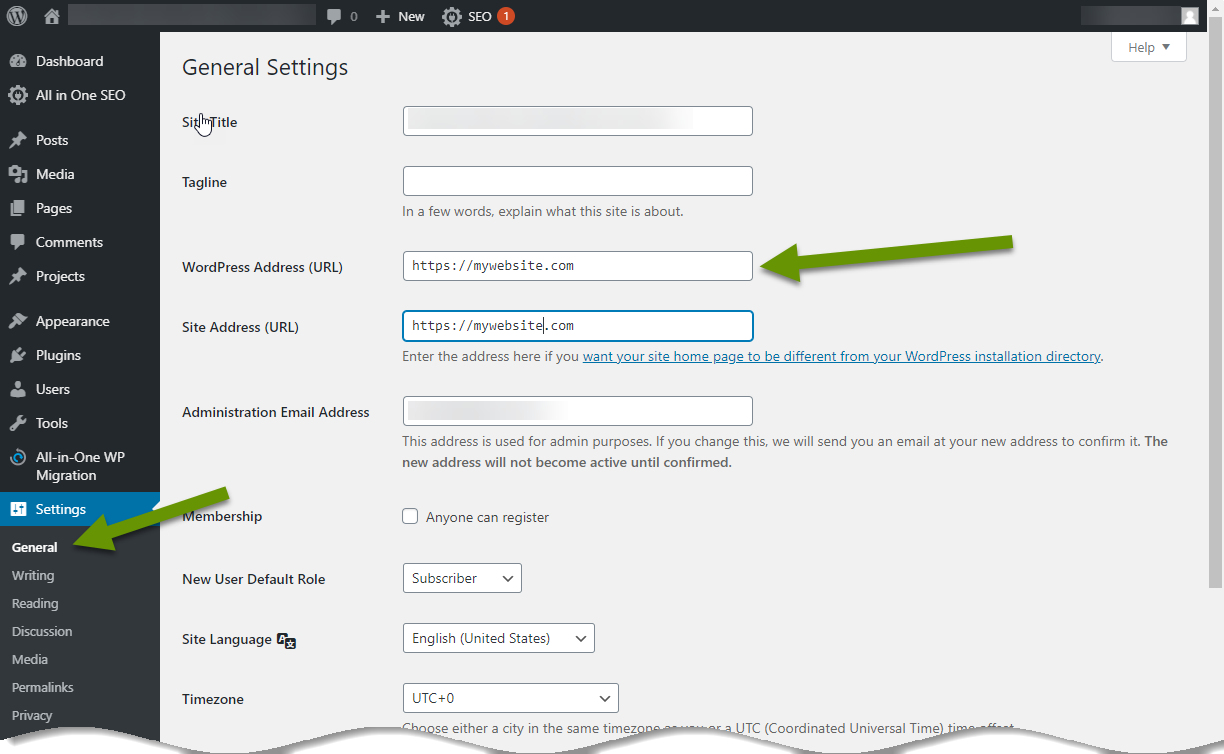One Setting that Will Easily Break a WordPress Website
WordPress originally began as an easy-to-use framework for bloggers. Today, it is commonly used to build websites. This progression happened in large part because of WordPress's built-in themes, flexibility, large variety of available plugins, and the fact that it is free.
WordPress has an interface that is user-friendly so people who have the time can learn to build them, and people who have someone else build their site can often maintain it once it is built. Over time, additional skills can be learned and more complex plugins can be installed and configured.
However, there is one setting in WordPress websites that should never be modified because it immediately breaks the site. This post discusses that setting and why, if modified, it breaks the website.
One Setting that Will Easily Break a WordPress Website
From the WordPress dashboard there are several sections where changes can be made to the website. Keep in mind different user levels have different access, and only a site administrator can access the setting that we are discussing today.
The following sections are available in every site:
- The Dashboard provides a summary of information about your webiste.
- The Posts tab is used to manage blogs on the site.
- The Media tab manages all images and files uploaded to the site.
- The Pages tab is used to create and manage the pages of the site.
- The Comments tab is used to moderate and manage comments left on the site.
- The Appearance tab manages the chosen theme, allows for customizations, manages the navigation menu, and much more.
- The Plugins tab manages installed plugins and provides a way to install or upload additional plugins.
- The Users tab manages all users for the site, including the permissions they have.
- The Tools tab provides information about the site health and other items.
- The Settings tab, much like the Appearance tab, has a large amount of sub-categories. This tab includes the settings for how comments are handled, the formatting of page and post links, privacy, standard sizing for media, the name and tagline of the site and much more.

It is important to note that there are other settings that can greatly affect the way a site operates, how data is handled, and other things that affect the overall operation of the website, but cause far less damage when modified, and therefore, not covered in this post.
This is also a good time to remind you if you are not absolutely certain how a setting will affect the site, use caution when modifying it. If possible, make a change like this when the site is less likely to be in use. Where possible, use a site specifically created for testing purposes so you can verify the change does what you intended.
The setting you never want to change on a WordPress website because it will immediately break the site is located in the General section under the Settings category. This is where you can set the site title, a tagline, the domain or URL, and more.
The setting that must not be changed is the domain listed in the box next to "WordPress Address (URL)". This setting is created when the site is built and is similar to a postal address in that, once created, it cannot be changed.

If you try and change this setting, it will cause catastrophic failure to the site. This setting is what is matched up to internet requests for any page on the website, aka, when any page with the same domain is requested. Using the image example above, when https://mywebsite.com is requested, this site answers.
Every site has a unique URL that manages which site responds to user's requests. This is why you cannot arbitrarily change this setting to something different if you want to change your website domain later. Keep reading for the proper work-around.
In simpler terms, changing this URL would be like changing the numbers of your home address and expecting to get mail from the post office delivered to that new address without working with the post office to legally change it. A situation like that would not be effective, the same way an existing website cannot automatically start answering as a different domain by changing this setting.
Unlike the example of your home address where your mail deliver person still knows your address and can drop off your mail, when a URL is changed in the setting above, it renders the website unusable. By changing this domain setting, you have told the website to answer to a new domain. Unfortunately, all the settings for the website are tied to the old domain.
This means you no longer have a way to get to the original site, even for the purposes of logging in to change the setting back! This happens because the site was told to answer for a new domain - one that does not point to it - but it is no longer answering for the old domain either.
In essence, the end result is catastrophic failure. The site may or may not respond with any real content. Styling will likely not be applied. Media, including images, will break. Often times very little content will be displayed. This is one reason why it is very important to be careful giving access to your website. Luckily, this setting is only available to those users with the highest privileges, the site administrators. Create secondary site administrators sparingly, as they can accidentally take your entire website down in a few minutes time.
NOTE: If you want a different domain for your website, there are safe ways to point multiple domains to a single website. This is done through DNS records and can typically be set up within 30 minutes as long as you have access to your domain registrar, etc.
While there are many settings that can safely be changed in a WordPress website, the address URL is not one of them. If this happens, the site will suffer all kinds of unpredictable consequences. While there are a few ways to recover, it requires having readily accessible backups of your site, including the database file, and a few hours of time. Instead, leave this setting as it is, and if you need to change your domain, consider pointing the secondary domain to the current website.
As always, knowing which settings to avoid can be even more important than which are fine to change!

